What is biohumus: its types and rules of use in the garden
Vermicompost is an ideal organic food for garden and flower crops, saturated with by-products of the life of red earthworms - their intestinal calculi. Liquid biohumus is used mainly for young seedlings of vegetable crops and potted plants, dry - for flavoring depleted soil in open beds. How to use fertilizer and are there any restrictions on its use?
What is biohumus and how to use it?
Soils abounding in red worms have always been prized by gardeners. Almost at every site of experienced summer residents, there is a secluded corner with black soil, where liquid slops are drained, the mown dead wood is dumped - the so-called compost heap, which has overheated for years. This fertilization option cannot be called a full-fledged vermicompost, but even the use of this "folk" prototype has a significant effect on the yield.
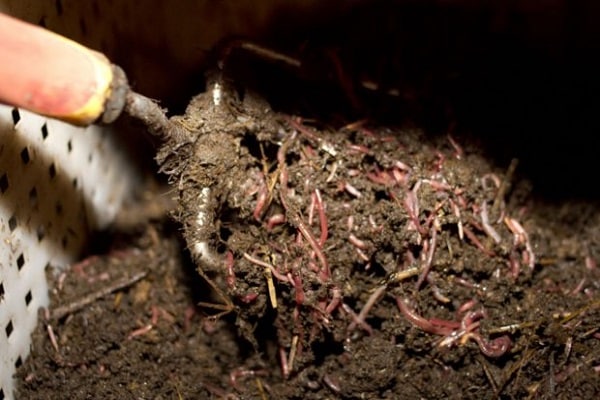
Vermicompost (vermicompost) in its pure form is a biostimulator of growth rich in trace elements and nutrients, which was originally a simple black soil. The impact of vermicompost on garden and horticultural crops is difficult to overestimate:
- acceleration of plant growth;
- increasing the resistance of seedlings to diseases and pests;
- development of resistance to toxic poisoning;
- increased flowering;
- assistance in the formation of large and healthy fruits.
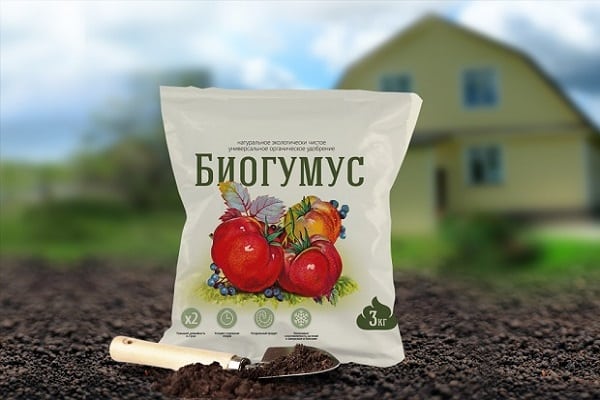
It is better not to use the dry vermicompost, which will be discussed, for indoor flowers, since the well-fed, fertilized organic soil attracts flying insects, and it is not easy to eliminate this attack. But with open ground, on the contrary - the more vermicompost in the garden, the better, and there are no exceptions, because the application rates of valuable fertilizer are limited only by the lower bar.
The approximate minimum volume of this fertilizer per plant (or per well) corresponds to the following values:
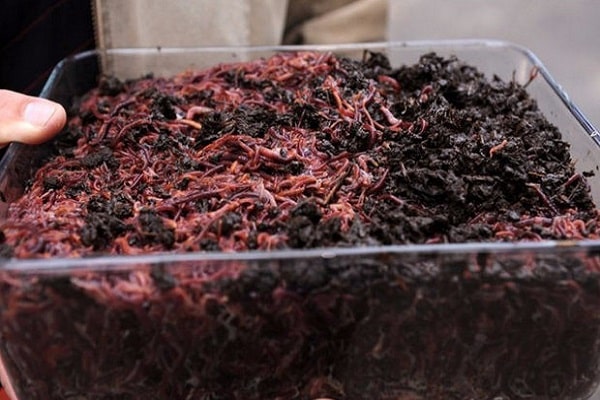
- for potatoes - 250 g;
- for strawberries - 200 g;
- for tomatoes - 180 g.
Organic fertilizer is added directly when planting a crop during the digging period or before serious watering, when the soil is not yet very compacted. If the calculation is made for the area of soil cultivated with biohumus, and not for the number of plants, then for a vegetable garden with an area of 10 m2, you will need about 6 kg of fertilizer in granules.
Is there a difference in using organic fertilizers - humus or manure - which is best and what should be avoided?
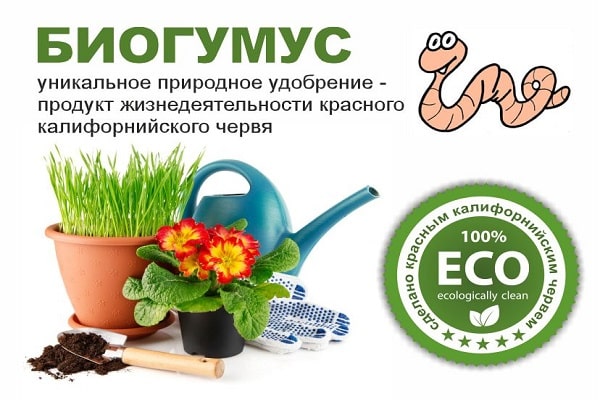
- vermicompost is safer for young plants and is especially recommended for seedlings, while manure can burn seedlings;
- in a saturated environment of manure, there are many weedy seeds, and in the case of vermicompost, this issue is controlled even at the production stage;
- in manure, as in humus, there are a large number of bacteria that can negatively affect the health of the gardener, and the composition of vermicompost contains no harmful flora and there are about 100 types of microorganisms that cannot harm a person.
The principle of compliance with safety measures with vermicompost is the same as when working with black soil. It is advisable to prepare rubberized gloves, and after the manipulations carried out in the country, wash your hands well under running water.
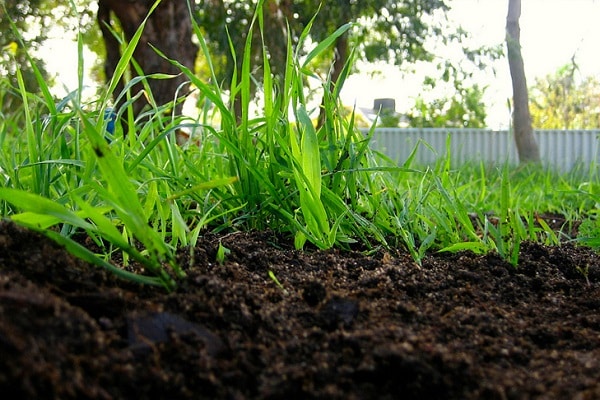
Biohumus in liquid form
Liquefied vermicompost is obtained from the same dry, saturated substance, therefore it contains the beneficial properties of a granular concentrate, but at the same time, it is much easier for plant roots to assimilate. Liquid vermicompost is considered adapted to the most important plant needs - its composition is balanced to tenths of a percentage of the main elements. The ash content of the prepared vermicompost is within 4%, organic matter - 60%, humic - about 30%.
The use of liquid vermicompost extends to fertilizing seed material. For half a kilogram of seeds, you will need a glass of fertilizer solution, which should be diluted with water at a concentration of 1:20, and only then immerse the seeds in it. The shortest period of soaking is given to tubers and bulbs - about 20 minutes, the longest (up to one and a half days) - to seeds of spicy greens, watermelon and melon, some flower crops (nasturtium, calendula, petunia)... For 12-16 hours, you can immerse the seeds of garlic, radish, radish or salad in a solution of liquid biohumus. About 4-6 hours, it is necessary to influence the fertilizer on soybeans and legumes, 1 hour - for any citrus.

However, the main purpose of the extract from vermicompost is top dressing, prepared in accordance with the needs of the crop and introduced directly into the soil. The current general rate of cultivation of vermicompost is 1:10, but this figure is considered relative and should be reviewed for each use of fertilizer.
Instructions for using vermicompost are as follows:

- for feeding all types of spicy herbs and onions, 200 ml should be diluted liquid fertilizer (vermicompost) for 10 liters of water, once every 7 days;
- for berry crops, the volume of concentrated vermicompost is 50 ml per 10 liters of water, once every 7–10 days;
- tomatoes, cucumbers, zucchini and most types of other vegetables, you need to water with a standard, 10% solution of vermicompost;
- for citruses and representatives of the grape family, as well as for all types of ornamental garden plants, a 15% fertilizer solution is prepared, which is used to cultivate the land twice a month.
The above fertilization rates are suitable for adult plants, but for seedlings, the concentration of the made vermicompost solution is halved.
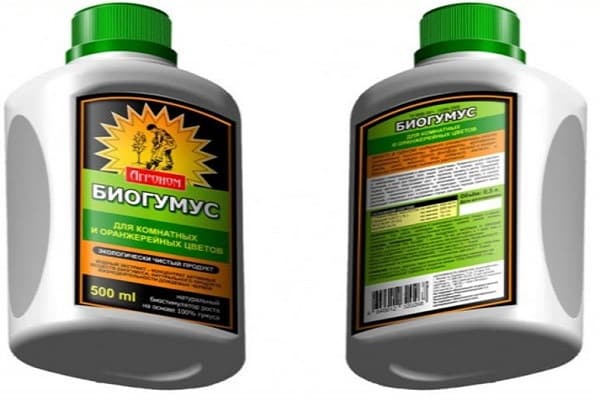
How to make biohumus at home?
The natural fertilizer vermicompost, which meets all the standards of compliance with a pure product, is very expensive. In addition, analyzing customer reviews, we can conclude that the quality of purchased vermicompost cannot be checked in a domestic environment. The summer resident will have to rely on the honesty of the manufacturer, and this aspect is rather controversial. There is another option - to prepare vermicompost with your own hands and not depend on random factors of conveyor production.
Algorithm for homemade vermicompost:

- a sufficient amount of food waste - various purifications, dry grain residues - must first be ground to a mushy state, and then thoroughly dried, laid on a layer of wood chips;
- in a box 50 cm high, with drainage holes at the bottom and in the lid, pour 3-5 cm of soil and put red worms;
- mix the dried organic gruel with the soil 1: 2 in a separate container, and put portions of the mixture into a box with worms twice a month, providing them with a fodder base;
- once every two weeks, the earth with worms can be watered with slightly warmed water.
After about 5 months, the box will be full - the worms will need to be moved to another place, and you already know how to use the finished vermicompost.

There are other technologies for the preparation of vermicompost, in particular - horse vermicompost, using ready-made compost on horse manure. However, at home, it is quite difficult to repeat the methods of making fertilizers of this order yourself.
Not all worms can be used to prepare vermicompost - this is the reason for the different effect of fertilizers on plants. Two types of annelids are considered ideal - Californian and earthworm.
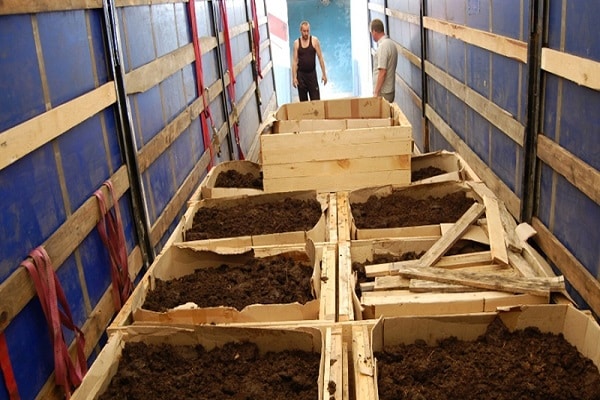
The use of vermicompost is justified in any types of gardening activities, especially in cases where the use of other types of fertilizers can harm the plants. A huge advantage of dry or liquid vermicompost is the absence of an unpleasant odor that almost always accompanies other popular feed mixtures. Vermicompost can be frozen and thawed several times without losing its positive qualities, and the storage of finished fertilizer can be carried out even on the glazed balcony of a city apartment.
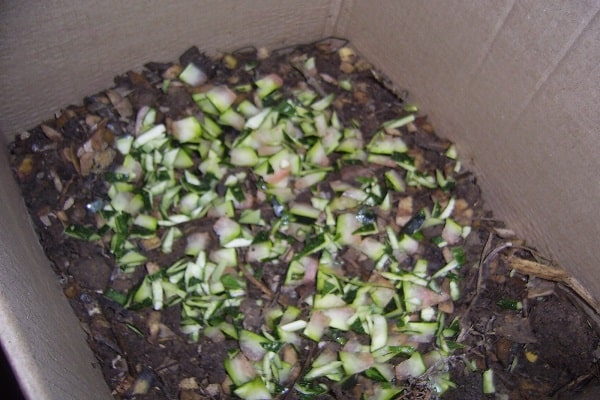
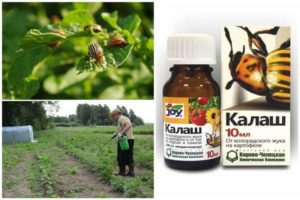
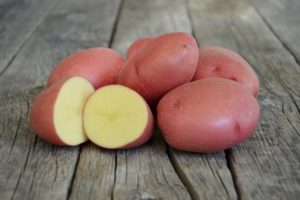


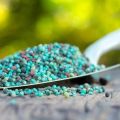

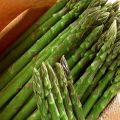
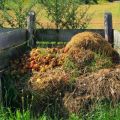


I use biohumus in combination with a plant growth activator BioGrow for feeding garden strawberries (aka vitoria). All varieties give a good harvest, and I noticed that even the bushes began to hurt less often.
Hello, I wanted to know if biohumus is used for the garden?